My canvas
Well most painters start with a canvas, for me it is this… yarn. A piece of string, that needs to be transformed into the canvas and the art piece at the same time as they are being crocheted.
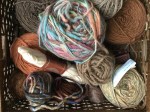

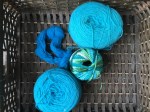
My paint brushes

Like the painter, I use different size tools to achieve a particular size or shape of a particular yarn and remember this is before felting! Once the painter lays down their paint and brushes that is it.

The third eye
I work like an abstract artist, where color and texture is all important plus I need to use my third eye to visualize the piece “before” and “after” it gets felted. Different from working on a certain size canvas and filling the canvas with paint or the embroider and their threads.
This phase can take several days to get the yarns (painters paints) together.
The ugly duckling
Because I design larger (like Georgia O’Keefe’s large flowers) than it will ultimately turn out, this phase is like an ugly duckling. Large gaping holes, yarn ends everywhere. Wool and non felting yarns look like they are Jackson Pollack splatters.
This stage of crocheting can take up to two continuous weeks to complete. When can one work continuously however so this can take months.
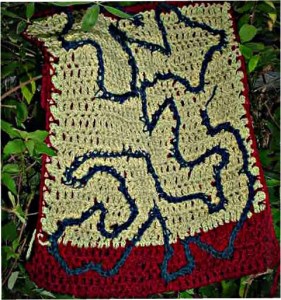


Honey, my creation shrunk!!
Well… Here goes the phase where the rubber meets the road. The felting process.
This tells me the width and height. Many sites tell you percentage of shrinkage and that can be helpful but for the crochet stitch outline to be removed in the felting process it takes as long as it takes to see them melt together. See my post on tips to successful crochet-felting.
I stop the machine quite often to see and manipulate the “canvas” to begin to see the “painting” as need be. Rinsing in cold water and wringing it over and over as the final phase to set the canvas.
The depth of it gets defined by the splatters that I put on top of the basic canvas. Here also is where the non felting yarns begin to show up. The felting process normally takes about 2 to 3 hours because, I add additional hot water if not felting up enough and wringing it several times. Don’t forget the soap.

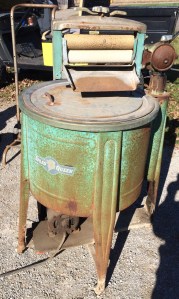
Birth
Well it now looks like a baby being born, it covered in fuzzy wool that mutes the colors. Like the Dr seeing the baby born, there is cleaning up that’s still need to be done.
Shaving the wool fuzz off the colors bring out the beauty.


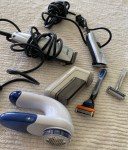
We now have a canvas! But wait…
Now that the piece has gone through the Ugly Duckling phase, Shrinking phase and Birth it is now time to do the final touches.
This is now a pre planned event. Now days I can see in my minds eye and the experience of these many years of honing the craftsmanship I have very few that do not go as planned.
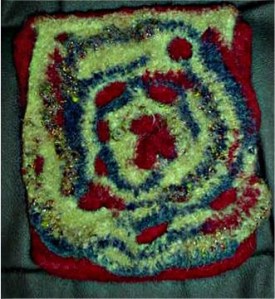



Finished!

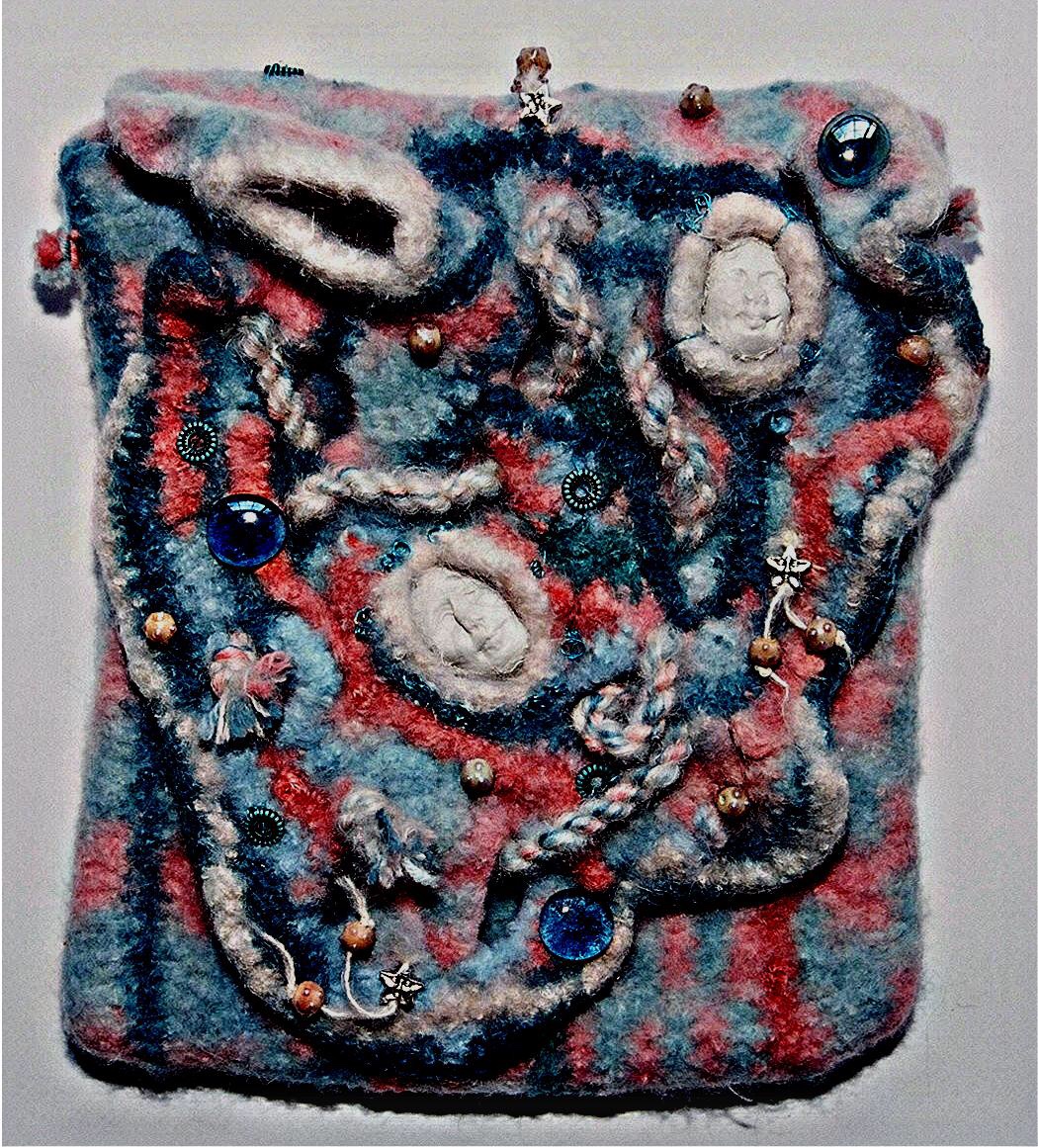

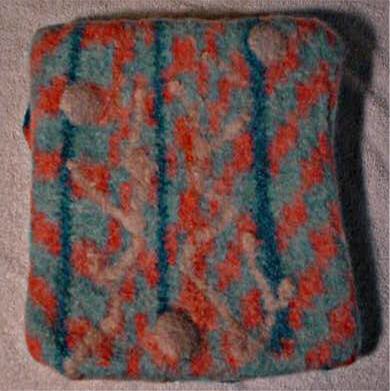
This is a happy and sad moment. The canvas has been painted!
All the steps that it takes to get to the finished product can take between 6 months and up to a year.
Important “Geek” note
I really feel this should have been at the top of this post but it is boring .
It is important that you actually begin with tracking your design process early. This way you can figure your cost and time.
Time
Remember this; for doing this type of work you are creating the canvas (not off the shelf pre stretched), designing and finishing the canvas and you are painting as you had to create.
For the beginner sometimes you might be asked to make one for someone else and they want to know how much. You will have a base price after making a few of them before trying to sell also if you want to take on the market of selling, you will all ready have a price.
Each of my pieces at a point early on in the process get put into a spread sheet with pictures. I designed my spreadsheet to automatically keep track of my labor as this is the biggest expense and the most boring to track. There are many ways to track time. I use these.
- I have an Apple Watch so I set the stopwatch feature. I like it as I interrupt myself several times but don’t want to write down every time I stop then restart.
- I use a clock. Sometimes I carve out a time that I will work
- I use a timer. I use this to assist in defining time. Time gets away from all of us. Timers define time and your brain learns what those minutes mean.
Supplies
Another sheet in this is; supplies which I break down into:
- Wool
- Novelty
- Embellishments
I work in percentages as I rarely use all of the full skeins or packages. Since my designing is OOAK (one of a kind) they will not be able to be cloned.
Take notes
Last sheet in this is a notes sheet. I tell the hooks I use, and track the days where I needed to make changes from my original designs.
Discover more from Daisy Hill Studio
Subscribe to get the latest posts to your email.
